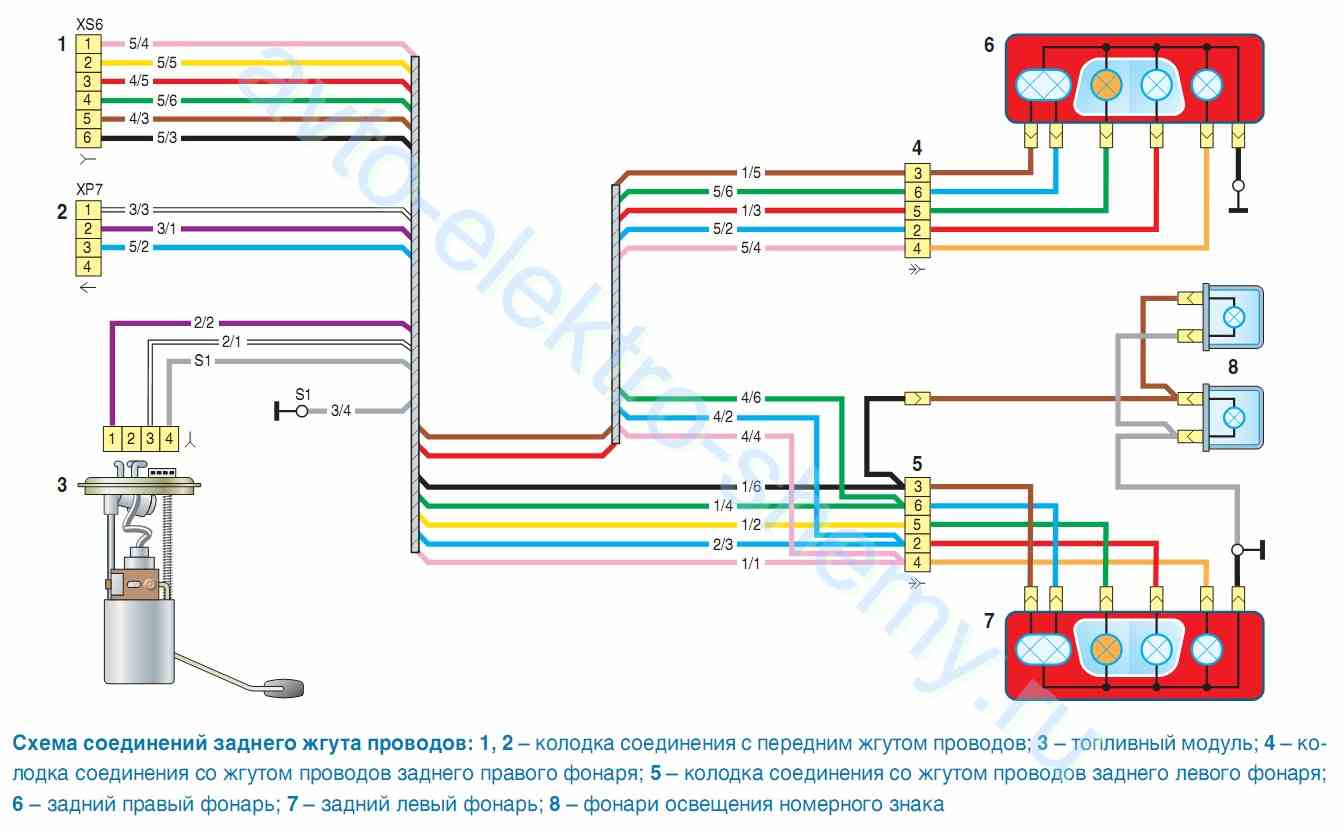
Scania is part of Volkswagen Truck & Bus GmbH and one of the world’s leading manufacturers of trucks and buses for heavy transport applications. Scania is also a leading provider of marine, industrial and power generation engines. Our strategic focus is on customer profitability by providing cutting-edge technology in sustainable transport solutions, long-term customer commitment and premium products & services. In Thailand, Scania first started with trucks in 1986 via an importor called Forefront (Thailand) Co., Ltd. In 2000 Scania Siam Co., Ltd., was established, wholly-owned subsidiary of Scania Sweden. In 2002 Scania invested in a local assembly facility in Chacheongsao which uses separate lines for trucks and buses. In 2009 has invested in a new headquarter in Samutprakarn, located on a 16 rai area, it has been operated as sale office and aftersales one-stop service centre as well.

Ze kwam binnen en keek eens rond. Nog niet erg druk. Ze zag Alayna en Artanis en zwaaide naar ze. Zelf was ze niet van plan mee te doen, dan zong ze liever echt dan dat ze playbackte. The Scania low floor city bus and coach range was introduced by Scania in 1997 as a successor to the 3-series bus range. Scania 4-series Firefly Express Coach Concepts bodied Scania K124EB in Australia.
Kinda hard to understand what he means when he says all that protected/secured stuff, but I think he just doesn't want people to share and claim it's their own rip/release, hence the constant mentioning of putting 'Ripped by.' 
Now we have 10 branches in Thailand.
• • • The Scania and range was introduced by in 1997 as a successor to the. The 4-series bus range was first presented in September 1996, when the integral was revealed. Production of the chassis range started in second half of 1997, and by the end of 1998 all worldwide production facilities had changed from 3-series to 4-series. Unlike the 3-series, which was a range of 45 different chassis models, the 4-series is one basic chassis with different modular configurations depending on usage and customer needs. At launch there were a total of seven major configurations, presumably the F HB, K EB, K IB, L IB, L UB, N UA and N UB. These were later followed by the F HA, K UB, L IA, L UA and N UD. The first letter describing the position of the engine, and the last two letters describing areas of use.
In marketing of the 4-series, Scania have generally only used the engine position (F/K/L/N), the engine displacement (9/11/12) and the series number (4), which is why we know them as F94, F114, K94, K114, K124, L94 and N94. The 4-series was superseded in 2006 by the new compliant bus and coach range consisting of the,.
Some 4-series products have been available for a couple of years after this. Torino GV bodied Scania F94HB in Brazil The F94 and F114 were the front-engined chassis, replacing the F93 and F113 of the 3-series.
They were mainly produced in, Brazil and, Argentina for the Latin American and African market. Scania F94HA [ ] The F94HA ( F94HA6x2NA) was an articulated chassis with remotely mounted Voith gearbox, leaf-spring suspension on the front axle and air suspension on both drive (2nd axle) and trailer axle (3rd axle). It is known as a 'puller' artic, where no hydraulic articulation control is needed. Scania F94HB/F114HB [ ] The F94HB was a two-axle chassis with leaf-spring suspension. It was available with both normal chassis height ( F94HB4x2NZ) and a higher version ( F94HB4x2HZ). In Africa it was also available as the Scania F114 with a bigger engine. Scania K94/K114/K124 [ ].
2007 K124EB with body at in 2013 on to 601km route The K94, K114 and K124 were fitted with a rear-mounted engine, replacing the K93 and K113 of the 3-series. Initially only available as K94 and K124, the K114 became available in 2000. It could be built as a premium coach (K EB), a coach or intercity bus (K IB), or as a much rarer city bus version (K UB). Scania K94EB/K114EB/K124EB [ ] The K94EB, K114EB and K124EB were the only 4-series chassis with, being the primary choice for premium coaches. They were available as two-axle (4x2), tri-axle (6x2) and tri-axle with steered tag axle (6x2*4).
A normal tri-axle coach would have the full designation of K124EB6x2NI, but because of the independent front suspension it was also available as K124EB6x2LI with low front, which made it possible to have a gangway between the front wheel arches and a low driving position, making it suitable for use in double-decker coaches. Scania K94IB/K114IB/K124IB [ ]. A CR224LD bodied Scania K94UB double-decker in service with at The K94UB was a citybus chassis which allowed low floor at the front half of the bus and a step up to the rear part, known in the bus industry as low-entry. One example of a tri-axle K94UB (K94UB6x2/4LB) was produced in 2000. In Hong Kong, the K94UB has been fitted with a Volgren CR224LD 12m double-deck bodywork and is currently in operation with Citybus in Hong Kong. It is equipped with a 260 hp Euro III engine and a hydraulically (ZF - RAS) steered tag axle in front of the drive axle. (), Australia received a batch of Volgren CR228L bodied K94UB with Brazilian-made chassis.